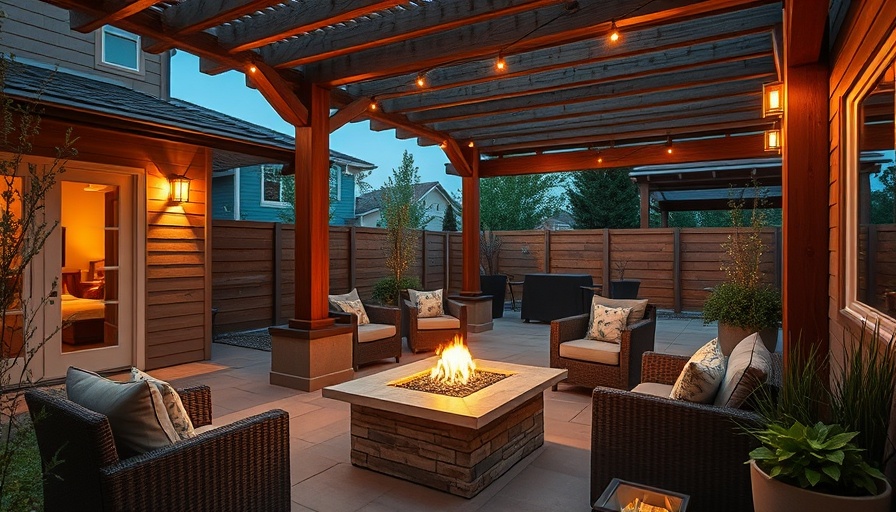
Water Damage: A Silent Threat to Your Home
Water is often regarded as a source of life, but for homeowners, it can also pose significant challenges. Did you know that over 75% of water damage in building projects is attributed to preventable issues? According to statistics, water damage is the second most common claim in home insurance, representing nearly 29.4% of all claims in the U.S. alone. Each day, around 14,000 individuals are impacted by this issue, leading to an average payout exceeding £11,000.
Understanding the Causes of Water Damage
While severe weather events like floods and hailstorms certainly contribute, constant exposure to damp conditions is a more insidious culprit. From blocked gutters causing leaks to improper material choices, these factors can lead to rust, rot, and even mold. Mold growth can have serious health implications, making awareness and maintenance crucial.
The Hidden Effects of Water
Water doesn't just infiltrate through visible leaks. It can also seep into structures as vapor. This moisture can cause materials to expand and contract, reacting with pollutants and leading to significant structural damage. Such damage can compromise not just the integrity of materials like wood and concrete but also the comfort and safety of your living space.
The Importance of Strategic Design
When planning renovations or new builds, it’s vital to incorporate water mitigation strategies. Understanding the environmental context of your project will help in choosing the right materials. For example, advanced composites like Eva-Last’s bamboo composites are engineered to resist water damage while providing aesthetic appeal.
Choosing the Right Materials
Modern materials have come a long way in combating the effects of water. Eva-Last's bamboo composites, including their Pioneer, Apex, and Infinity series, offer a sustainable choice that is far less susceptible to moisture-related issues. These materials incorporate recycled plastic with bamboo cellulose, creating a durable surface that not only withstands water but also discourages mold growth.
Long-Term Benefits of Proper Material Selection
By opting for high-tech materials that provide inherent moisture barriers, homeowners can avoid the swelling and degradation often seen in wooden decks. Additionally, these materials offer the classic wooden aesthetic without the downsides of water sensitivity, making them a practical choice for outdoor living spaces.
Embracing Sustainable Solutions
Ultimately, understanding the risks associated with water damage can lead to better decision-making in home building and renovation projects. Choosing materials that are engineered to handle environmental challenges contributes not only to the longevity of your home but also to a healthier lifestyle. With an emphasis on sustainability, innovative materials are paving the way for a future where homes stand the test of time against nature's forces.
Conclusion
By making informed choices grounded in knowledge about water damage and effective material selection, homeowners can protect their homes and overall well-being. It’s time to prioritize sustainability and durability in your building projects.
 Add Row
Add Row  Add
Add 


 Add Row
Add Row  Add
Add 

Write A Comment